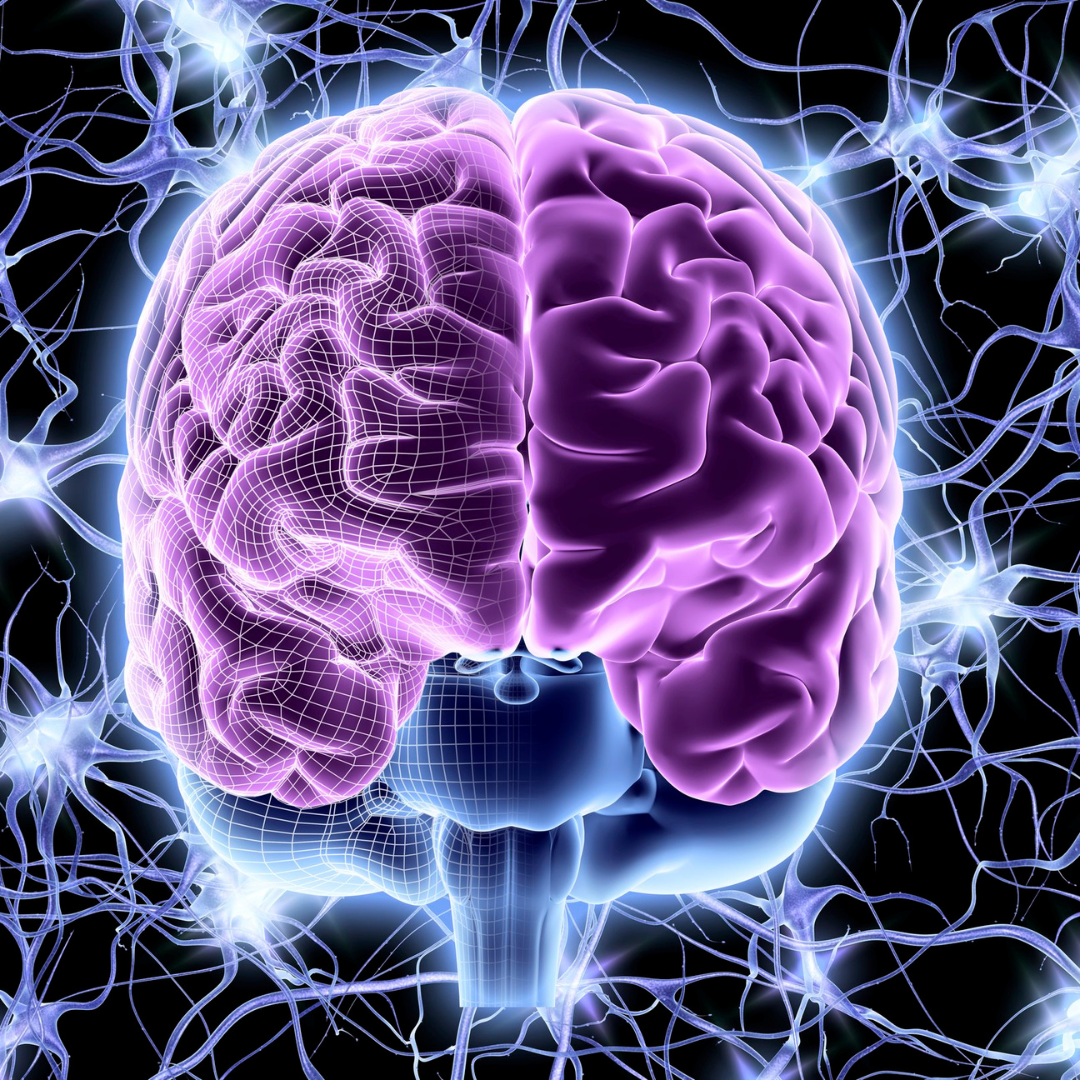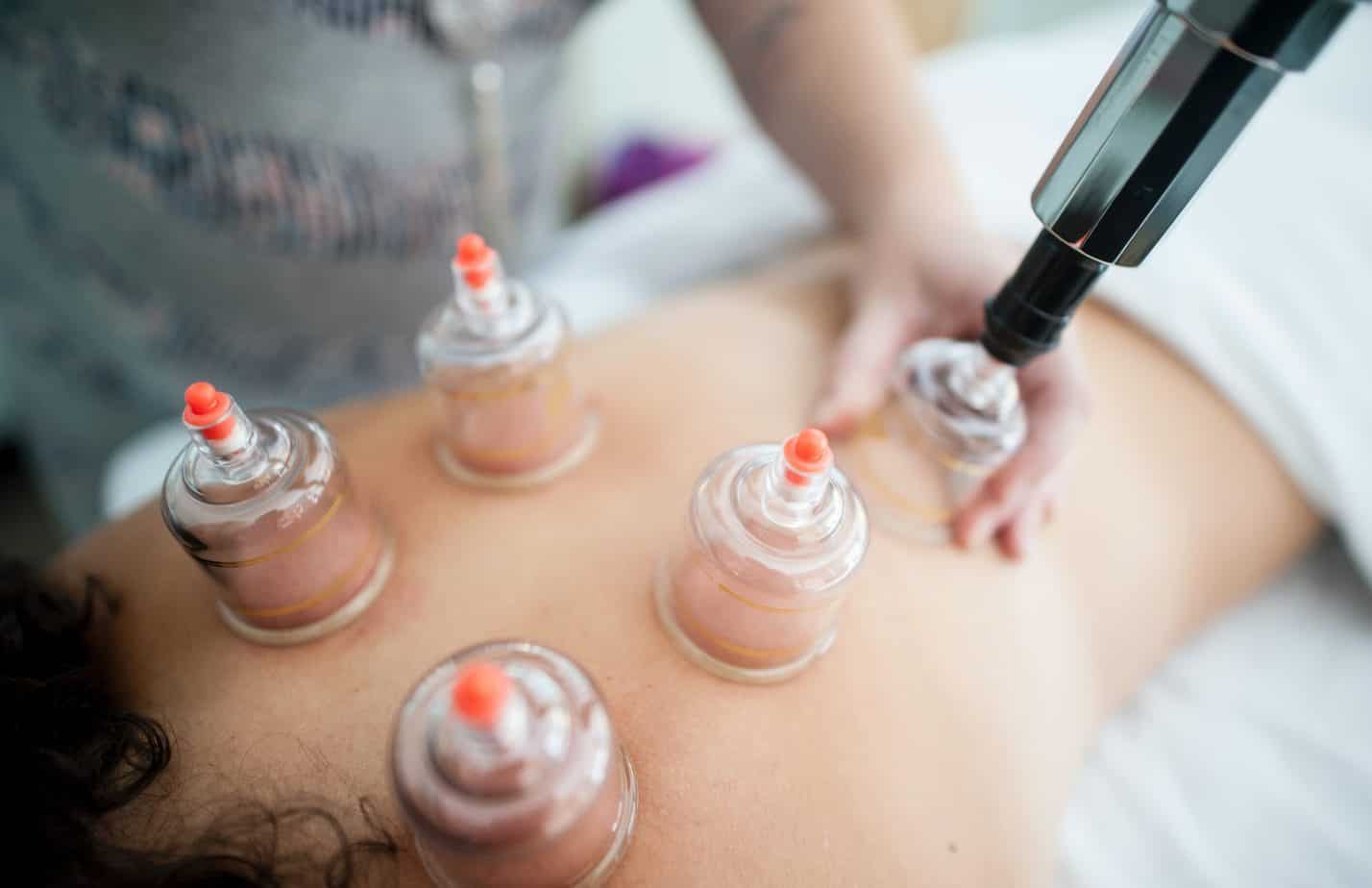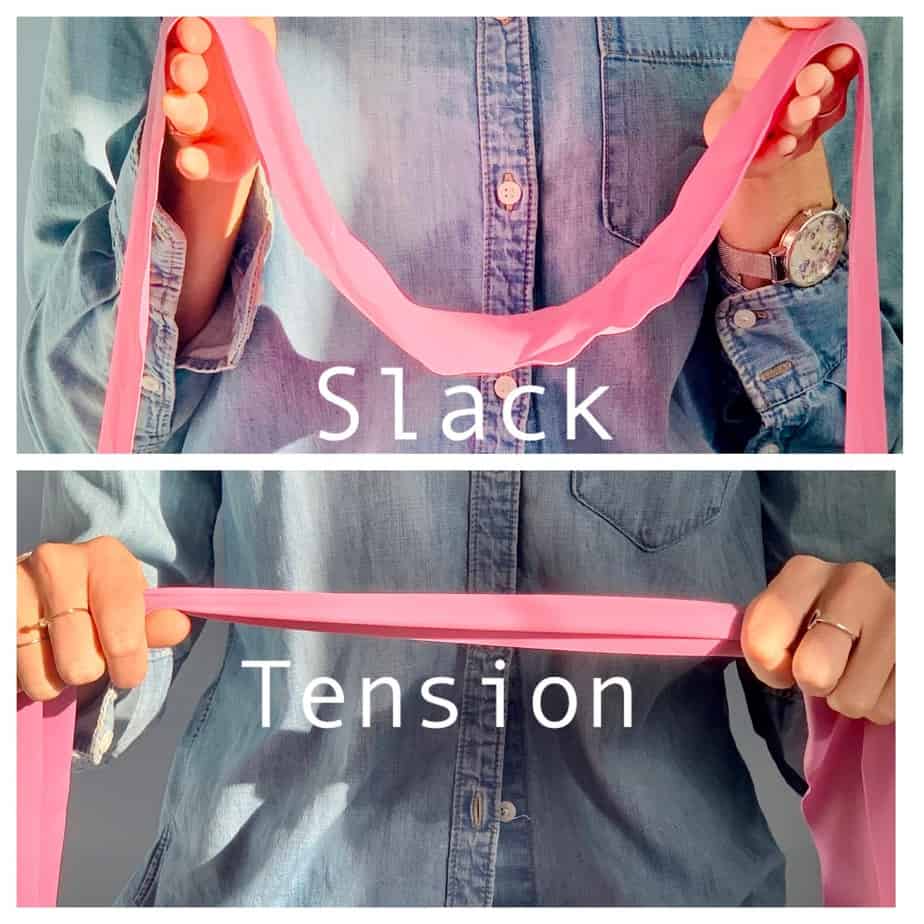A literal pain in the butt: coccydynia

You’re one in a million if you’ve never fallen or sat down hard on your butt. Trauma to the tailbone is common. Many of us think our buttocks will cushion the impact but more often than not our tailbone becomes bent or twisted with the hard hits. The average 9 to 5 job entails long hours often with poor sitting posture. This doesn’t facilitate healing and puts more stress through this tiny area.
Tailbone or coccyx pain is also known as coccydynia or coccygdynia. Your tailbone is made up of 5 tiny bones that often become fused during late adolescence. It is located at the very end of the spine. Many tendons, muscles and ligaments attach to it. Your spinal cord also attaches to your coccyx through the filum terminale (terminal thread).
Background and Causes
Coccyx pain is reported 5 times more in women than men, with childbirth being a common culprit. It’s extremely rare to have a perfectly aligned coccyx since most of us have fallen on it at some point during life. Think if how many times a baby or toddler falls down on their butt when learning to stand or walk. The human body adjusts incredibly but it can only compensate for so much.
Falls, degenerative joint disease, childbirth and prolonged sitting unnecessarily stress out the coccyx area causing dysfunction. The coccyx becomes distorted pulling and twisting the ligaments, nerves and tendons with it.
Symptoms
Pain is generally the first symptom most will complain of whether its sharp, sore or the area feels bruised. Coccyx pain can affect how you sit, stand and move in general. Many have difficulty sitting or can not tolerate pressure on the buttocks area. There’s much more that can be done for the coccyx than using a donut cushion.
At Body Harmony Physical Therapy, specialized physical therapists will do a complete assessment of the individual’s posture and alignment. The therapist will also check range of motion, flexibility, strength of the individual’s hips and low back. An evaluation of the pelvic floor may also be performed both externally and internally.
Treatment
Treatment programs will typically consist of manual therapy techniques such as soft tissue massage, myofascial release, and trigger point release of the low back, hip, and pelvic floor musculature. Sometimes a joint mobilization of the coccyx is required to realign it. Therapeutic exercises to improve the strength and flexibility of the core and pelvic floor muscles are prescribed.
References:
1. Lirette LS et al. “Coccydynia: An overview of the anatomy, etiology, and treatment of coccyx pain.” Oschner J. 2014 Spring; 14(1): 84-87. PMCID: PMC3963058 PMID: 24688338
Author: Roseanne Cruz Schoen, DPT
Editing: Keely Faridi, PT







